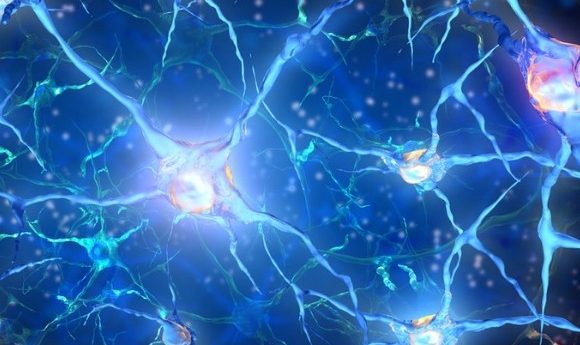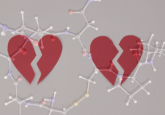The brain’s social network

Research presented at SfN Neuroscience 2019 sheds light on the neural basis of complex social behavior, utilizing various imaging techniques to identify the key brain regions and patterns of activity involved.
It has long been known that humans are social creatures, with survival often dependent on the strong social bonds formed between family, friends and neighbors. As such, our brains have evolved to support a wide range of social behaviors. Interactions that most people experience every day, such as empathizing with peers and working as a team, are supported by complex and sophisticated neural networks that researchers are just beginning to understand.
At the recent SfN Neuroscience 2019 (Chicago, IL, USA; 19—23 October 2019), a series of abstract presentations found five different research groups present their work on the topic of neural mechanisms of social and emotional behaviors, each demonstrating how neuroimaging techniques have allowed them to identify the key regions of the brain and patterns of activity that are involved in complex social behaviors.
In the first presentation, Sarah McIntyre (Linköping University, Sweden) used data from functional MRI scans to show that social touch messages, such as gestures used to communicate feelings of love, happiness or gratitude, are represented in the primary somatosensory cortex, the area of the parietal lobe specialized for sensory processing [1].
Two minutes with: Hanne Hoffmann on new techniques for behavior
Optogenetics: delivering deep brain genetic manipulation
These core gestures were found to be an intuitive and universal language, with people in close relationships being able to identify distinct emotional messages from touch alone without needing to see the partners face. Even among strangers, the meaning of one of a standardized set of gestures was easily understood without any other form of communication.
Next, Simone Shamay-Tsoory (University of Haifa, Israel) suggested a potential neural basis for empathy, demonstrating their results that show holding hands with your romantic partner can reduce the perception of pain during a painful experience. A dual EEG study found that holding hands increased the coordination of brainwave frequency between the partners, predominantly involving the central brain regions of the individual feeling the pain and the right hemisphere of the brain of the empathizer [2].
These results were reinforced by serial dual-fMRI scans, also showing that activity was shared between two people who were holding hands. Shamay-Tsoory suggested that the combination of brain-to-brain coupling and reduced pain perception may mean that the coordination experienced may contribute to touch-related pain relief.
“The neuroscience advances presented today expand our understanding of how our brains process social information, enabling us to live in our complex society.”
“Team flow,” the synchronicity felt when a team is working well together towards a common goal, was found to be a unique brain state, according to research presented by Mohammed Shehata from the California Institute of Technology (CA, USA). Occurring when a group of people, such as a sports team or music ensemble, reach a flow while working together, “team flow” was found to be supported by a synchronization of teammates’ neurons where the neurons in one member’s brain begin to fire in sync with neurons in other regions of fellow member’s brains [3].
Researchers from the University of Cambridge (UK) then presented their work, discovering a previously unknown type of neuron, found in the amygdala of monkeys that could simulate a social partner’s decision processes. Named “simulation neurons”, these newly discovered cells allow the primates to reconstruct their partner’s state of mind and therefore predict the intentions, choices and decisions of the other person. The research, presented by Fabian Grabenhorst, could provide an important start point for building upon the understanding of social cognition and theory of mind, as well as providing an explanation of aberrant neurons as the potential cause for cases of social dysfunction.
Finally, Ziv Williams (Harvard University, MA, USA) presented new research supporting the theory of mind, suggesting that neurons in the prefrontal cortex can respond selectively to other’s beliefs, distinguishing them from one’s own. This ability may underly processes such as empathy and the neurons in question could be potential targets for the treatment of disorders featuring social behavior deficits.
Commenting on what was discussed at the session, Michael Platt (University of Pennsylvania, PA, USA) remarked, “the neuroscience advances presented today expand our understanding of how our brains process social information, enabling us to live in our complex society. These advances provide potential new avenues for researching empathy, theory of mind and even conditions such as autism spectrum disorder.”





